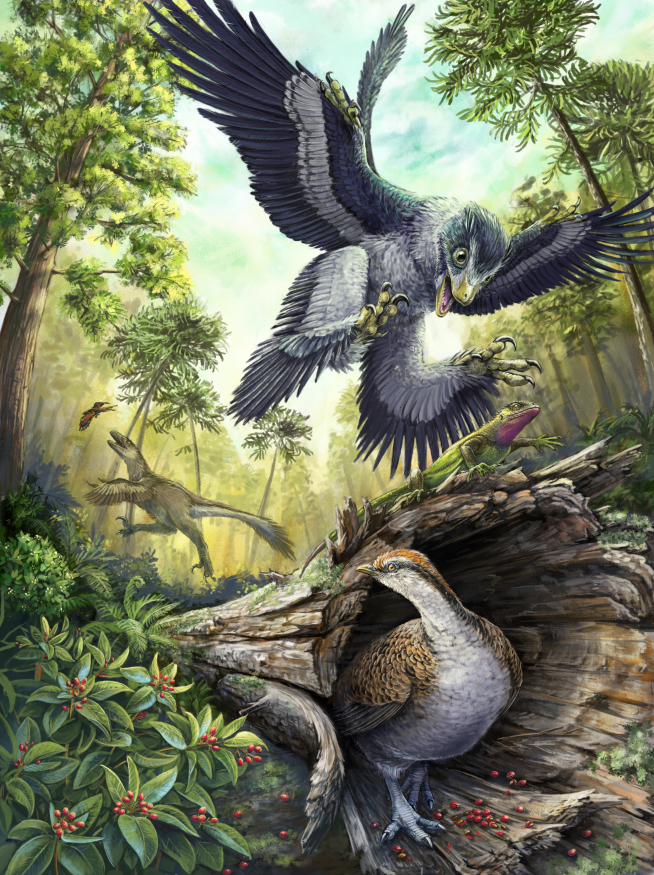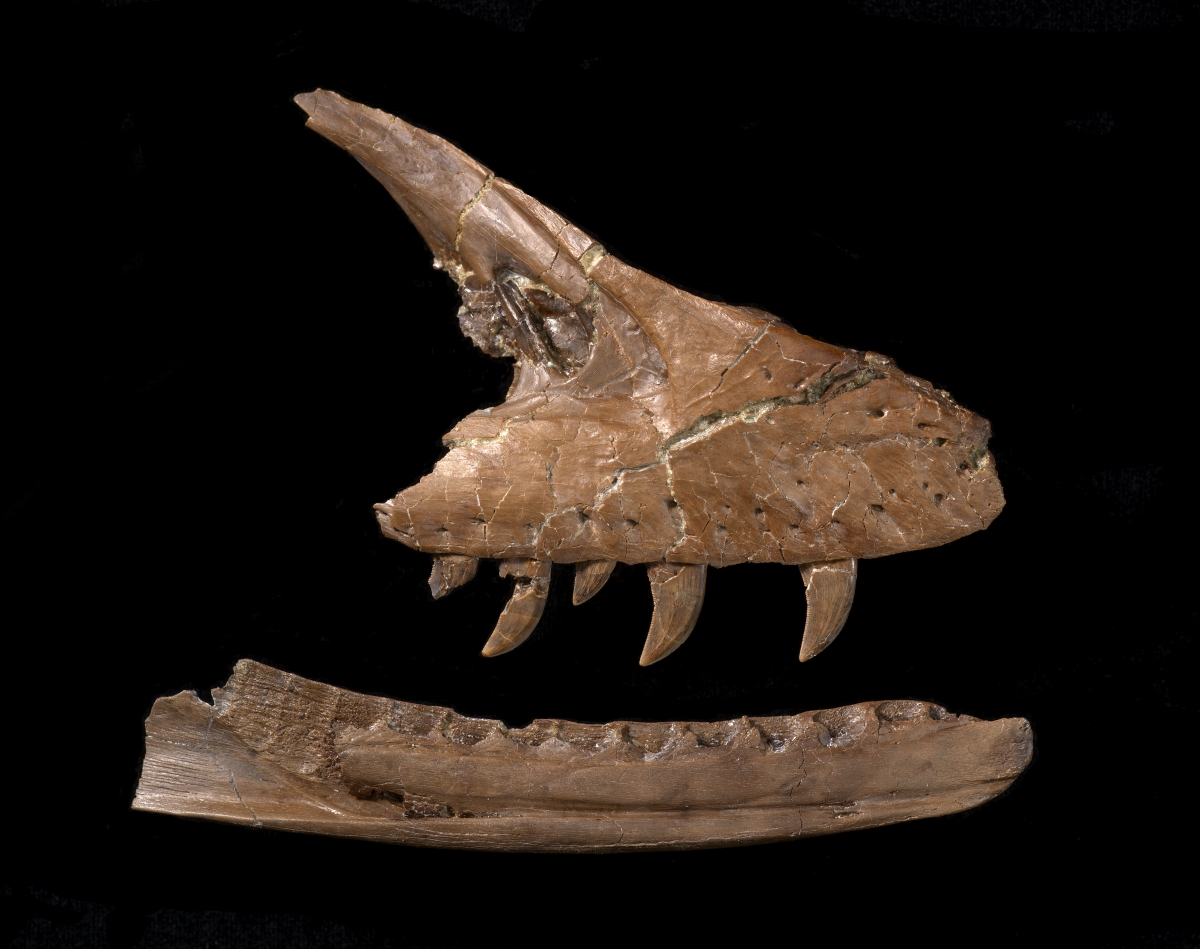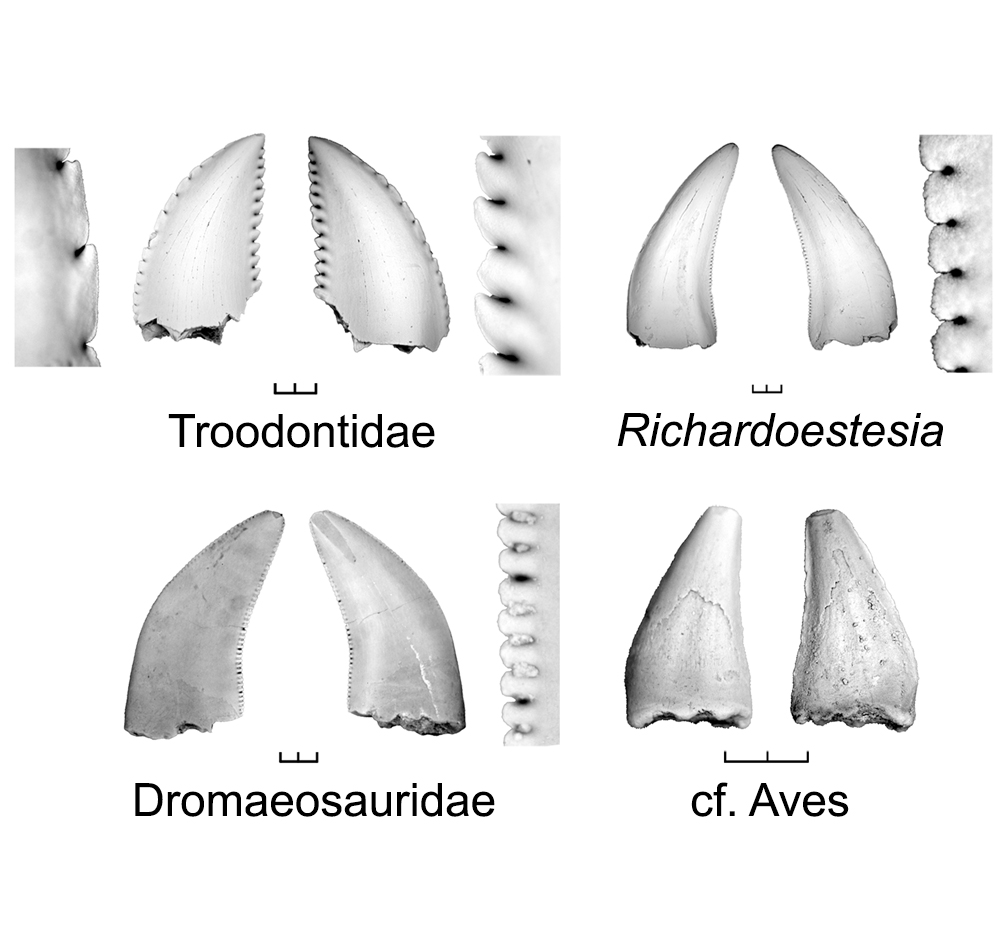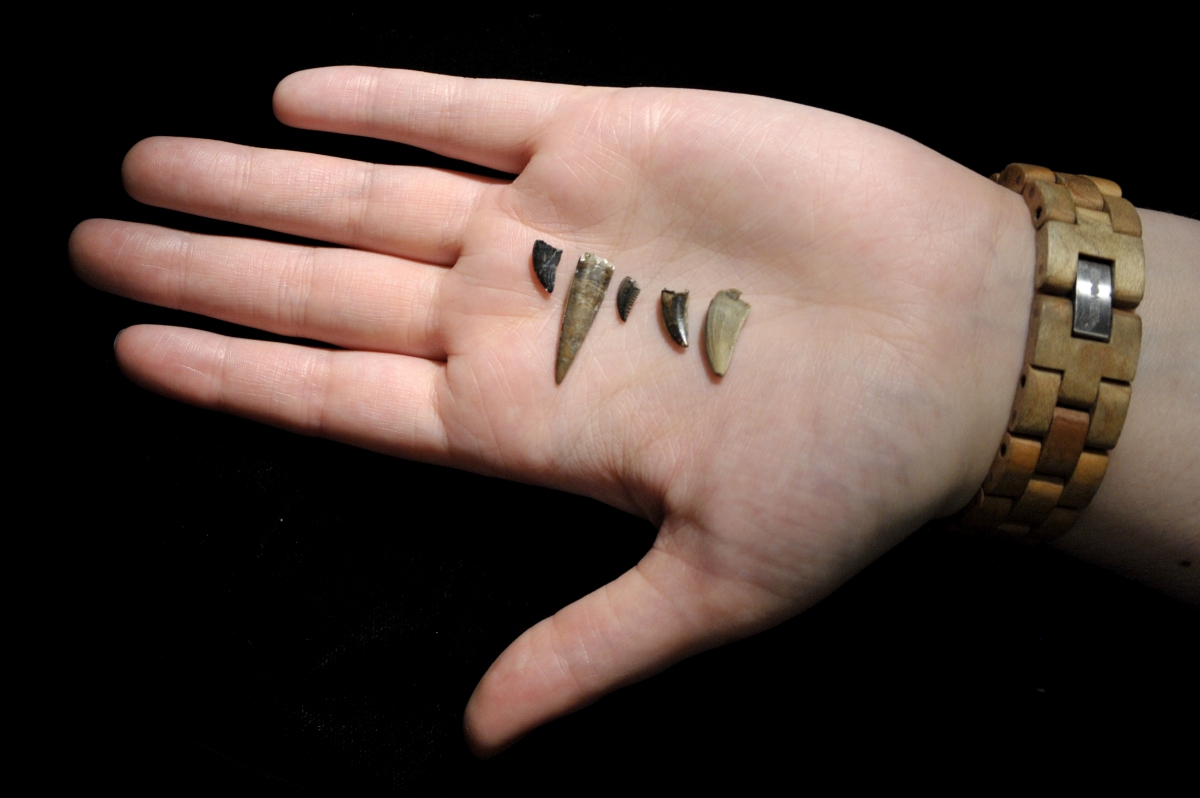NEW RESEARCH: Seed Eating May Have Helped Beaked Birds Survive

Living birds may have their ancestors' beaks to thank for surviving the mass extinction that wiped out the dinosaurs. New research indicates the closest relatives of modern birds, the small feathered raptor dinosaurs and primitive toothed birds, went extinct abruptly at the end of the Cretaceous Period, and that beaked birds may have benefitted because of their ability to eat seeds. This study is the newest to shed light on how some animals may have survived the massive meteor impact and subsequent ecological turmoil that ended the reign of the dinosaurs. The study was recently published in the journal Current Biology.
One mystery of dinosaur extinction is why the ancestors of living birds survived, but contemporary small, feathered raptor dinosaurs and primitive toothed birds went extinct. The bird fossil record at the end of the Cretaceous is very incomplete, so the ecologies of species that survived the mass extinction are still largely unknown. With little direct evidence of fossil species surviving the extinction, the reasons as to why some species were able to survive the extinction while their closest relatives went extinct have been unclear. For indirect evidence, the researchers relied on the rich fossil record of isolated small teeth in western North America.

"We've used the teeth of these bird-like dinosaurs, similar to Velociraptor, to show that these dinosaurs were a consistent and stable part of the ecosystem leading up to the end of the Cretaceous," explained lead author of the study Derek Larson, assistant curator at the Philip J. Currie Dinosaur Museum and PhD candidate at the University of Toronto. But that consistency ended at the end of the Cretaceous, when 75% of life on the planet went extinct, including most bird-like dinosaurs."By analyzing the known diets of modern birds, we see many groups that probably survived the extinction likely ate seeds, probably one of the few plentiful resources that were available in the climatic upheaval in the aftermath of the asteroid impact. Those dinosaurs without a beak and without the right teeth to access those resources, would have been relegated to extinction."
"Skeletons of these small dinosaurs are rare, so isolated teeth represent one of the few consistent sources of data to address this question. We analysed more than 3,000 of these teeth to give the highest resolution picture of their changing shape and diets," explained the Royal Tyrrell Museum of Palaeontology's Caleb Brown, co-author of the study. Preserved bird and bird-like dinosaur teeth examined in this study were likely suited to eat a variety of animal remains, but not seeds.

"Small teeth have given us big insights into the extinction patterns of bird-like dinosaurs and primitive birds, and a better understanding of how diet might have played a role in the survival of crown-group bird groups in the wake of the asteroid impact," said principal investigator of the study David Evans of the Royal Ontario Museum and the University of Toronto.

